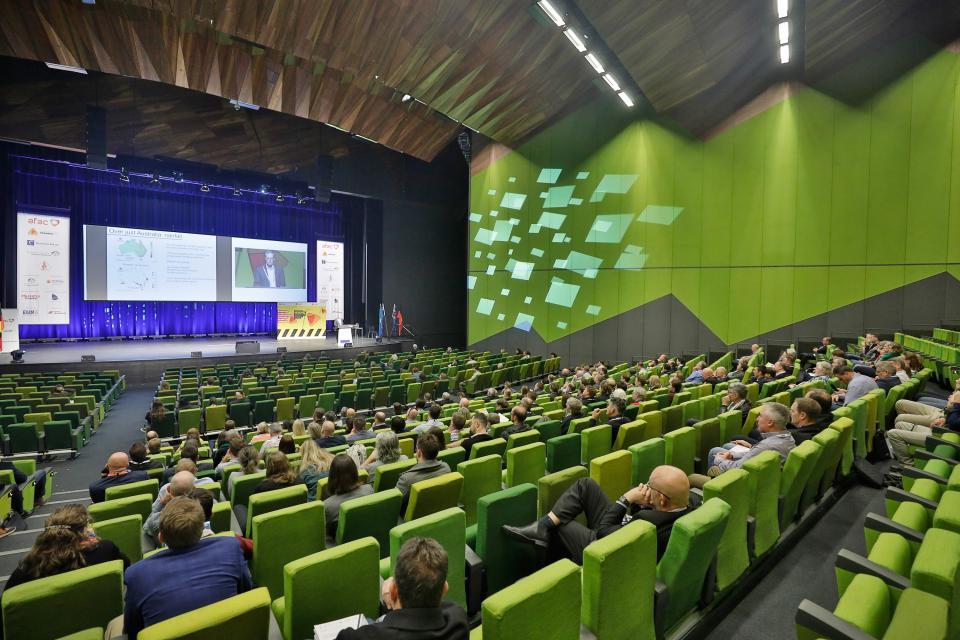
PUBLICATIONS
Published works

Fuels3D: barking up the wrong tree and beyond
| Title | Fuels3D: barking up the wrong tree and beyond |
| Publication Type | Conference Paper |
| Year of Publication | 2019 |
| Authors | Reinke, K, Wallace, L, Hillman, S, Hally, B, Jones, S |
| Conference Name | AFAC19 powered by INTERSCHUTZ - Bushfire and Natural Hazards CRC Research Forum |
| Date Published | 12/2019 |
| Publisher | Australian Institute for Disaster Resilience |
| Conference Location | Melbourne |
| Keywords | data collection, Fire behaviour, fuel hazard, risk management, technology |
| Abstract | Improvement of the understanding of how fuel characteristics correlate with fire behaviour and severity is critical to the ongoing handling of risk and recovery in fire-prone environments. Current standards and protocols for describing fuel hazard (for example, ‘Overall Fuel Hazard Assessment Guide’, Victorian Department of Sustainability and Environment) and post-burn severity (for example, ‘Fire Severity Assessment Guide’, Victorian Department of Sustainability and Environment) were written for collection of information in the field. The data collected are largely subjective descriptions of the landscape. The ability of information from these assessment techniques to be adapted to modern risk assessment tools such as fire behavior models, or for the calibration and validation of datasets, is limited. Quantitative data-rich methods of measuring and assessing fuel load and structure are the missing link between the knowledge of land management personnel in the field, and the model drivers and decision makers at organizational level. Handheld devices with high quality sensors, in the form of offthe-shelf cameras, are increasingly ubiquitous, as is the availability of 3D point cloud data collected from active sensing instruments on terrestrial and aerial platforms. Rapid and comprehensive capture of information by these devices, coupled with the use of computer vision techniques, allows for the 3D description of the surrounding environment to be exploited to provide robust measurement of metrics that can be built into existing fuel hazard assessment frameworks. Providing key metrics as data products rather than a single product enables flexibility across jurisdictions and ecosystem types, and capacity to adapt as end-user requirements change. The Fuels3D project has created a suite of tools and methods for image capture in the field during fuel hazard assessments. 3D point clouds are generated using computer vision and photogrammetry techniques. From these 3D point clouds, scale is added, and decision rules are programmed to calculate quantifiable surface / near-surface metrics that replicate those Download the full non-peer reviewed research proceedings from the Bushfire and Natural Hazards CRC Research Forum here. |
| URL | https://knowledge.aidr.org.au/resources/australian-journal-of-emergency-management-monograph-series/ |
| Refereed Designation | Non-Refereed |
Published Works


